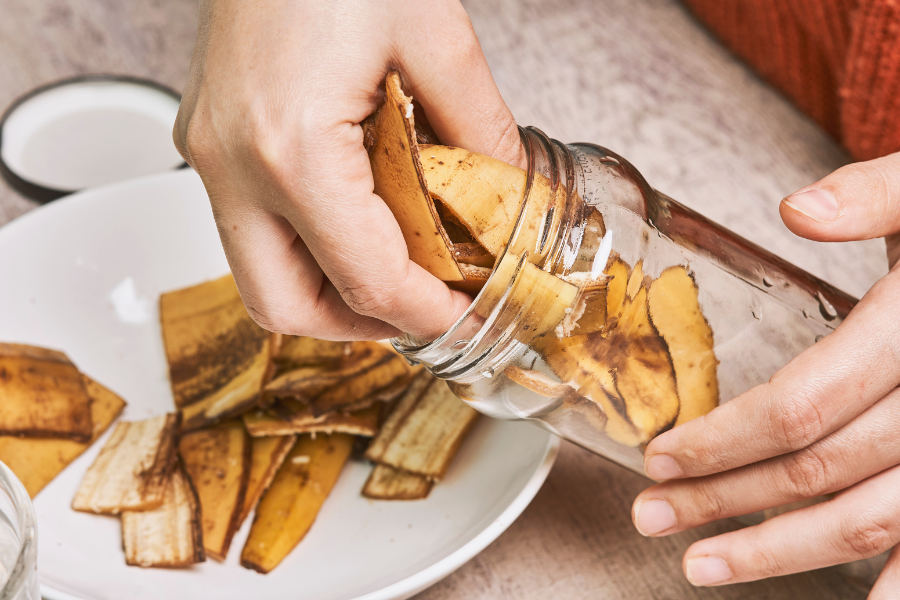How to make your own plant food
This season, boost your indoor and outdoor plants and save money by making your own plant food.
While commercial plant fertilisers are readily available, making your own plant food is a cost-effective and eco-friendly alternative that can be tailored to your plant’s specific needs.
Compost tea
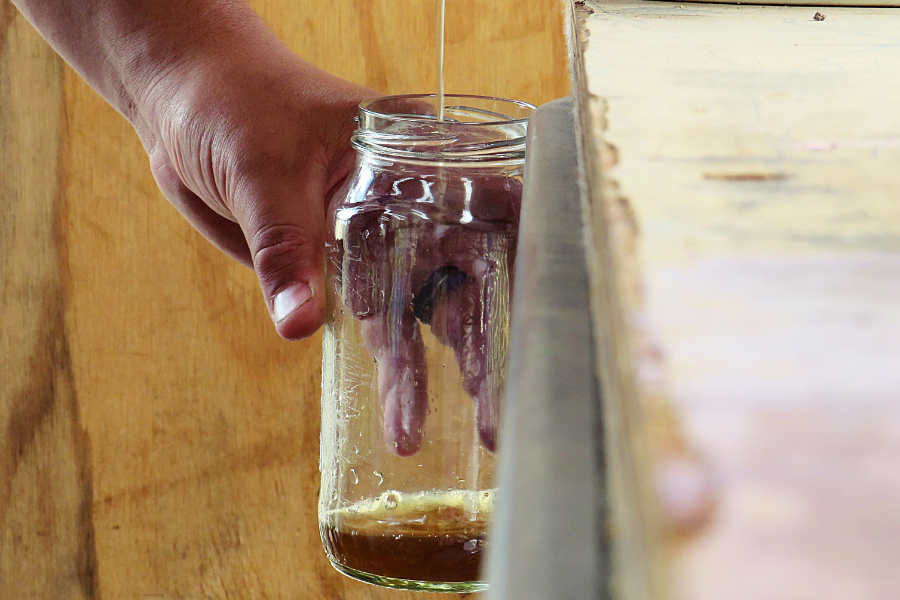
Compost tea
Compost tea is a nutrient-rich liquid fertiliser that is made by steeping compost in water.
To make compost tea, fill a container with water and add a handful of finished compost. Let it steep for 24-48 hours, stirring occasionally.
Strain the liquid, and dilute it with water in a 1:10 ratio before applying it to your plants.
Compost tea provides a wide range of nutrients, including nitrogen, phosphorus, and potassium, as well as beneficial microorganisms that can improve soil health.
Epsom salt solution
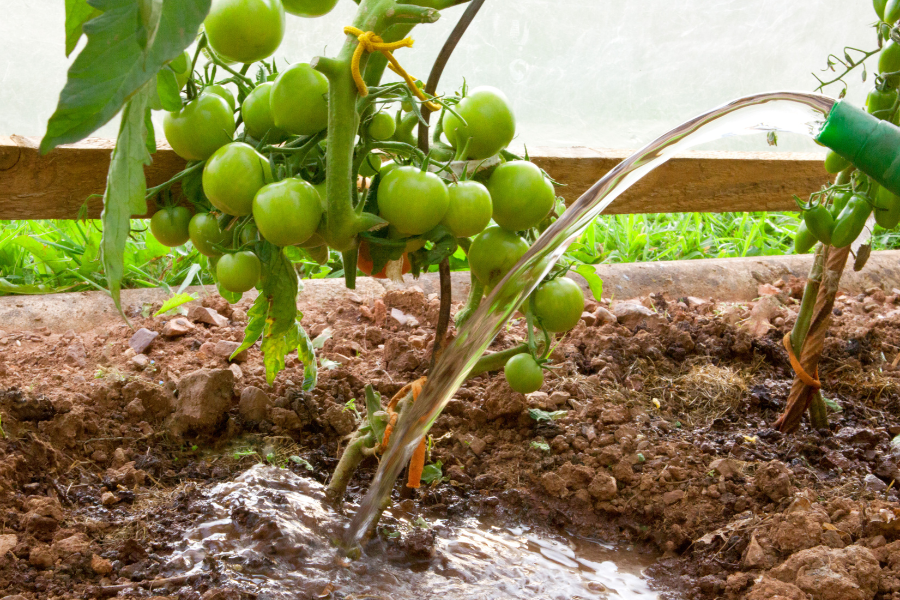
Tomatoes, peppers, and roses benefit from Epsom salt fertilisers
Epsom salt is a type of magnesium sulfate that can be used as a plant fertiliser. It’s particularly beneficial for plants that require magnesium, such as tomatoes, peppers, and roses.
To make an Epsom salt solution, dissolve one tablespoon of Epsom salt in one gallon of water.
Apply the solution to your plants once a month, either by watering the soil or spraying the leaves.
Be careful not to overuse Epsom salt, which can cause magnesium buildup in the soil over time.
Banana peel fertiliser
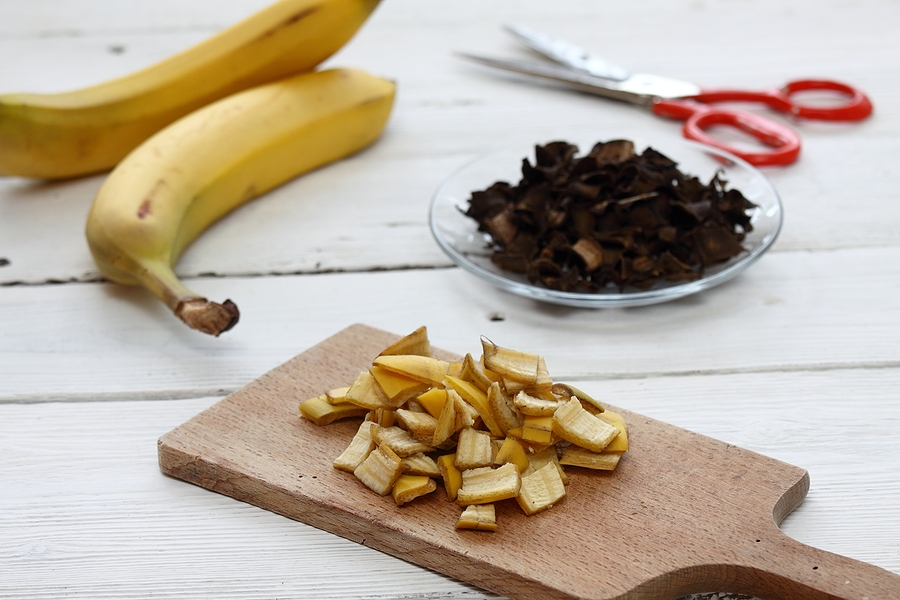
Fresh and dried banana peel can be used for plant fertilisation
Banana peels are rich in potassium, which is an essential nutrient for plant growth and development.
To make banana peel fertiliser, cut up several banana peels into small pieces and bury them in the soil around your plants.
Alternatively, you can steep banana peels in water for several days to create a liquid fertilizer.
Strain the liquid and dilute it with water in a 1:5 ratio before applying it to your plants.
Fish emulsion
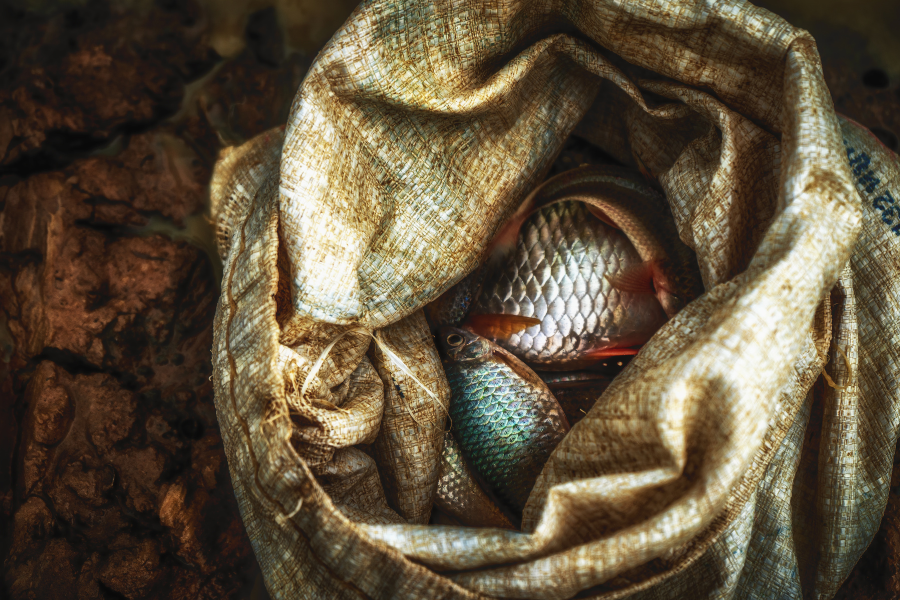
Fish emulsion is a liquid fertiliser made from decomposed fish waste, such as guts, heads, skin and bones.
It’s high in nitrogen and can be an effective fertiliser for plants that require a lot of this kind of nutrient, such as leafy greens and corn, and it can be used as a lawn fertiliser in early spring.
To make a fish emulsion, mix one-part fish of broken-down waste with three parts water in a sealable container.
Let it sit for several weeks, stirring occasionally, until it has a dark, rich color and a strong odor. Strain the liquid and dilute it with water in a 1:5 ratio before applying it to your plants.
By using natural ingredients like compost, Epsom salt, banana peels, and fish waste, you can provide your plants with the nutrients they need to thrive while reducing your environmental footprint. Experiment with different recipes and find the right combination of nutrients for your plants. With a little effort, you can create healthy and productive gardens that will flourish for years to come.
Lisa Lawrenson
Latest posts by Lisa Lawrenson (see all)
- Masterclass: How to grow a thick healthy lawn - March 31, 2024
- Lawn care – dealing with moss and thatch - March 22, 2024
- A beginners guide to Artificial Intelligence and Chat GPT - February 29, 2024
- 10 minute tutorial: How to arrange supermarket lillies into a stunning floral arrangement - January 1, 2024
- 10 health changes women should watch out for after 50 - January 1, 2024








